Archives
- 2025-11
- 2025-10
- 2025-09
- 2025-04
- 2025-03
- 2025-02
- 2025-01
- 2024-12
- 2024-11
- 2024-10
- 2024-09
- 2024-08
- 2024-07
- 2024-06
- 2024-05
- 2024-04
- 2024-03
- 2024-02
- 2024-01
- 2023-12
- 2023-11
- 2023-10
- 2023-09
- 2023-08
- 2023-07
- 2023-06
- 2023-05
- 2023-04
- 2023-03
- 2023-02
- 2023-01
- 2022-12
- 2022-11
- 2022-10
- 2022-09
- 2022-08
- 2022-07
- 2022-06
- 2022-05
- 2022-04
- 2022-03
- 2022-02
- 2022-01
- 2021-12
- 2021-11
- 2021-10
- 2021-09
- 2021-08
- 2021-07
- 2021-06
- 2021-05
- 2021-04
- 2021-03
- 2021-02
- 2021-01
- 2020-12
- 2020-11
- 2020-10
- 2020-09
- 2020-08
- 2020-07
- 2020-06
- 2020-05
- 2020-04
- 2020-03
- 2020-02
- 2020-01
- 2019-12
- 2019-11
- 2019-10
- 2019-09
- 2019-08
- 2019-07
- 2019-06
- 2019-05
- 2019-04
- 2018-07
-
Earlier studies with SERMs identified that distinct chemical
2023-08-01
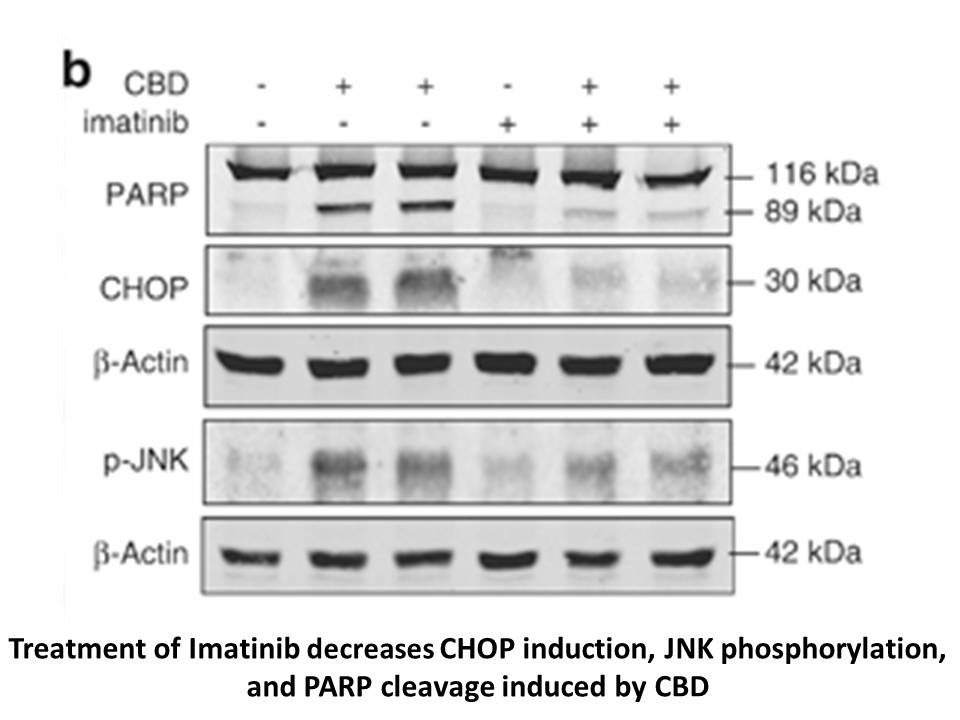
Earlier studies with SERMs identified that distinct chemical scaffolds have the ability to induce unique conformational changes in the ER, resulting in interaction with different cofactor subsets. The same has been demonstrated with SARMs, which induce distinct conformational changes compared to tes
-
The major phase trial NCT enrolled
2023-08-01

The major phase 2 trial (NCT01343966) enrolled 431 participants with mild to moderate AD who received either low-dose SC crenezumab 300 mg or placebo biweekly (n = 184) or high-dose intravenous crenezumab 15 mg/kg or placebo every 4 weeks (n = 247) for 68 weeks 38, 40. No significant treatment benef
-
Asparagine synthetase ASNS is a glutamine amidotransferase t
2023-08-01
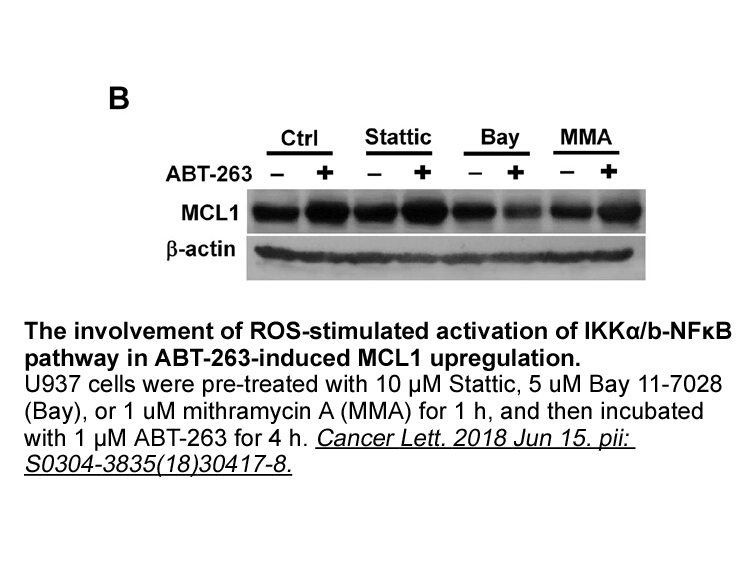
Asparagine synthetase (ASNS) is a glutamine amidotransferase that catalyzes ATP-dependent synthesis of asparagine and glutamate from aspartate and glutamine. Upregulation of ASNS expression renders leukemia cells resistant to l-asparaginase treatment, and ASNS is essential for cell survival in the a
-
The aldehyde reductase AKR A and aldose reductase AKR B
2023-08-01

The aldehyde reductase (AKR1A1) and aldose reductase (AKR1B1) belong to aldo-ketoreductase (AKR) superfamily catalyzing the reduction of corresponding aldehydes and ketones involved. Both the closely related enzymes AKR1A1 and AKR1B1 have 65% structural similarity and differ only at the active site.
-
Among all the compounds the novel
2023-08-01
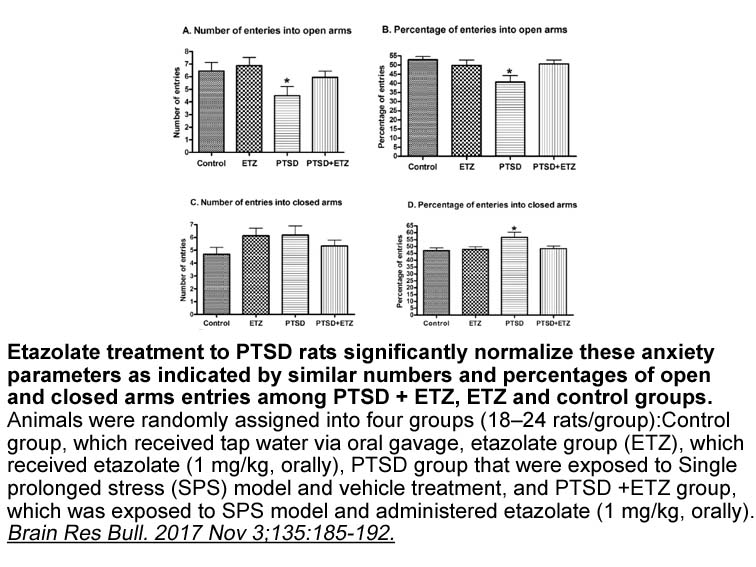
Among all the compounds, the novel L-748,337 derivative (23d) showed the potent human β3-AR antagonist activity and high lipolysis inhibitory activity in vitro. The tetrandrine mg 23d displayed 23-fold more potent β3-AR antagonist activity (EC50 = 0.5117 nM) than that of L-748,337 (EC50 = 11.91 nM)
-
Voluminous literature about the neuroendocrine mechanism
2023-08-01
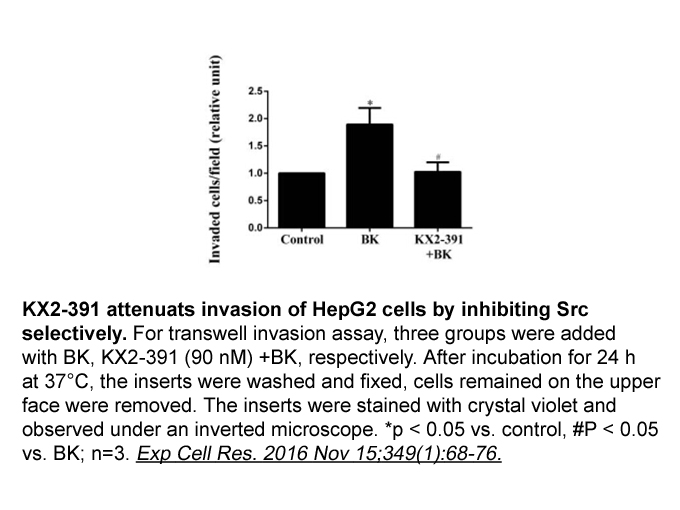
Voluminous literature about the neuroendocrine mechanism of reproduction and energy regulation has emerged from studies involving mammalian species. The avian infundibular nucleus (equivalent structure to the mammalian arcuate nucleus) consists of two neuronal populations, one of which expresses neu
-
Materials and methods br Results br Discussion
2023-07-31

Materials and methods Results Discussion The BV-tag-based electrochemiluminescence immunoassay is an extremely sensitive assay. It has been employed for detecting analytes present in only picogram quantities (e.g., bacterial toxins [26], Dp44mT mg [19]), measuring the activity of basic carbo
-
PC is considered as a cancer of the epigenome Grasso
2023-07-31
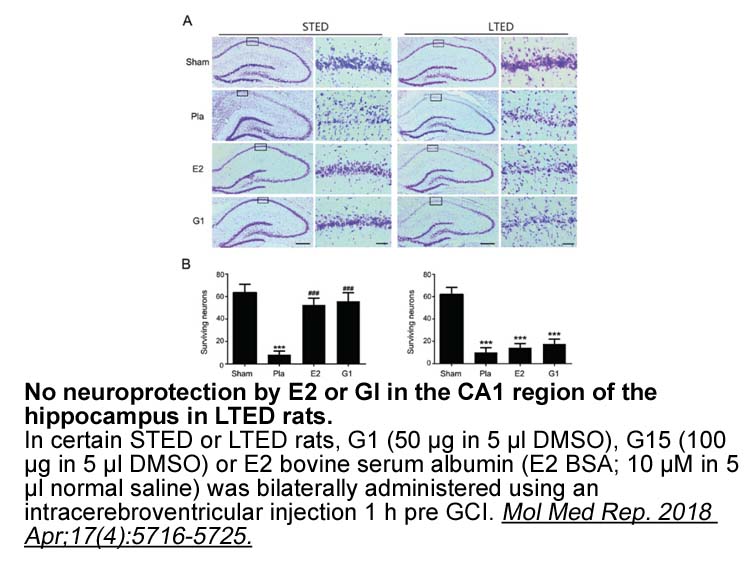
PC is considered as a cancer of the epigenome (Grasso et al., 2012, Robinson et al., 2015). Our results demonstrate that the interaction of AR with ACK1 drives the positive feedback epigenetic circuitry that is ultimately conducive to promote AR transcription. Further, this circuitry subjugates AR t
-
Brain damage diseases such as cerebral ischemia brain
2023-07-31
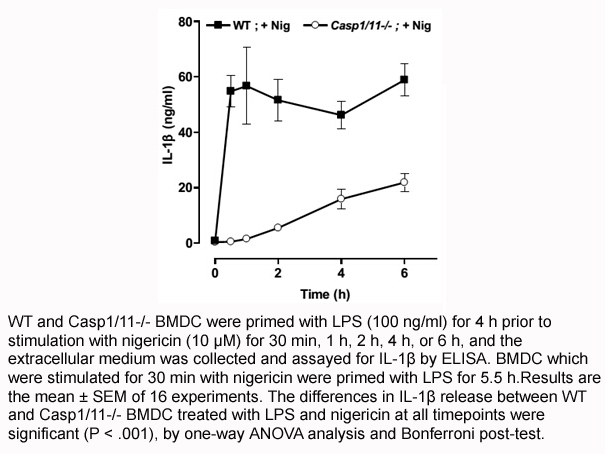
Brain damage diseases, such as cerebral ischemia, brain trauma and infection are characterized by the increase in oxygen free radicals. Therefore, deeper understanding of the character and mechanism of free radical damage in the brain is important to ultimately relieve diseases and promote recovery
-
It has been reported that HT R
2023-07-31
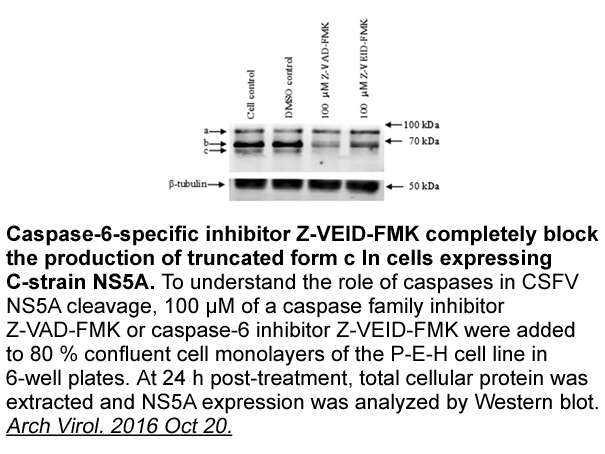
It has been reported that 5-HT2R involves in type 2 diabetes mellitus and 5-HT-induced IR [22,23]. The present study also demonstrated that it is 5-HT2R rather than other 5-HT receptors, including 5-HT1BR and 5-HT7R, in the liver that mediates HFD-induced abnormality of hepatic lipid metabolism, and
-
br Acknowledgements This work was supported by the FedEx
2023-07-31
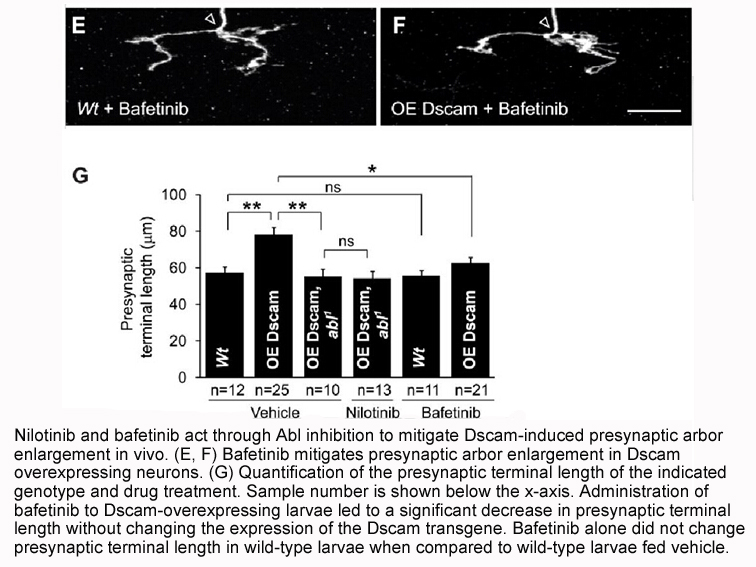
Acknowledgements This work was supported by the FedEx Institute of Technology at The University of Memphis (to DLB and ALP), NSF REU CHE 1156738 (to ALP in support of RSS), and NIHCA921060 (to GT). This material is based upon work supported by the National Science Foundation under Grant No. CHE-1
-
In the last decade the zebrafish
2023-07-31
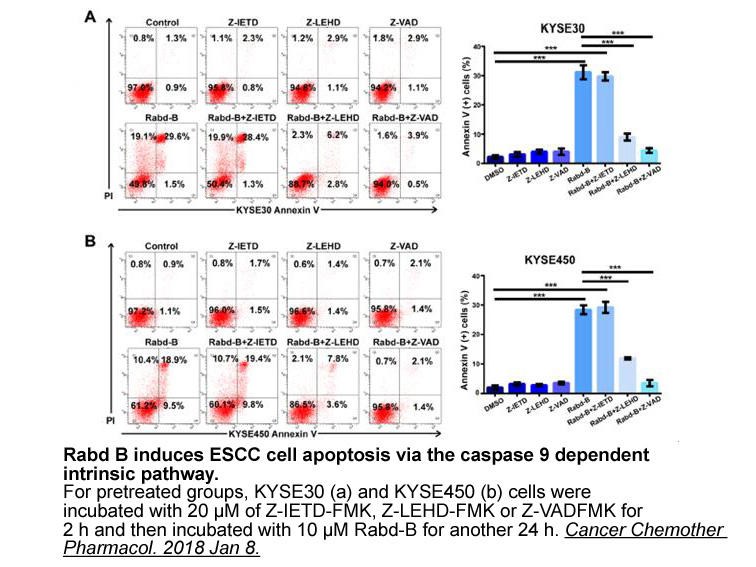
In the last decade, the zebrafish has emerged as a valuable vertebrate model to systematically dissect the genetic underpinnings of both vertebrate heart development and function [8,9], as well as distinct cardiac diseases such as congenital heart disease [10], cardiomyopathies [11,12] and cardiac a
-
Recruitment of the Rad BP mediator to chromatin
2023-07-31
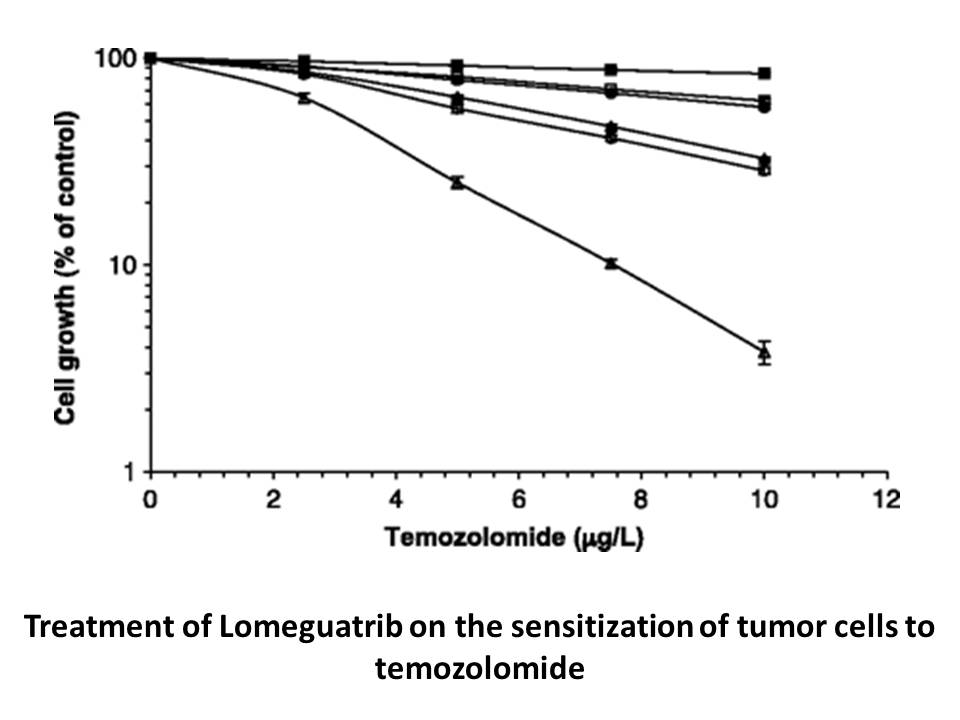
Recruitment of the Rad9/53BP1 mediator to Benzoquinonium dibromide involves multiple pathways (Fig. 2). In unperturbed conditions, Rad9 is already bound to chromatin via interaction between its Tudor domain and methylated histone H3 at lysine 79 [82], [83], [84], [85]. This constitutive Rad9 recrui
-
Protein phosphorylation is an important posttranslational me
2023-07-31

Protein phosphorylation is an important posttranslational mechanism for the regulation of distribution, trafficking, and function of modified proteins (Wang et al., 2014). GluA1 phosphorylation at S845 also has functional consequences (Lu and Roche, 2012). For instance, S845 phosphorylation drove tr
-
Phenolic compounds show reciprocal relationship
2023-07-31
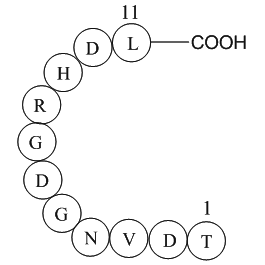
Phenolic compounds show reciprocal relationship with colonic microflora. Phenolic compounds are able to improve colonic health and modulate microbiota diversity with prebiotic and antimicrobial functions, while colonic bacterial enzymes catalyze deconjugation, dehydroxylation, and convert phenolic c
15985 records 305/1066 page Previous Next First page 上5页 301302303304305 下5页 Last page